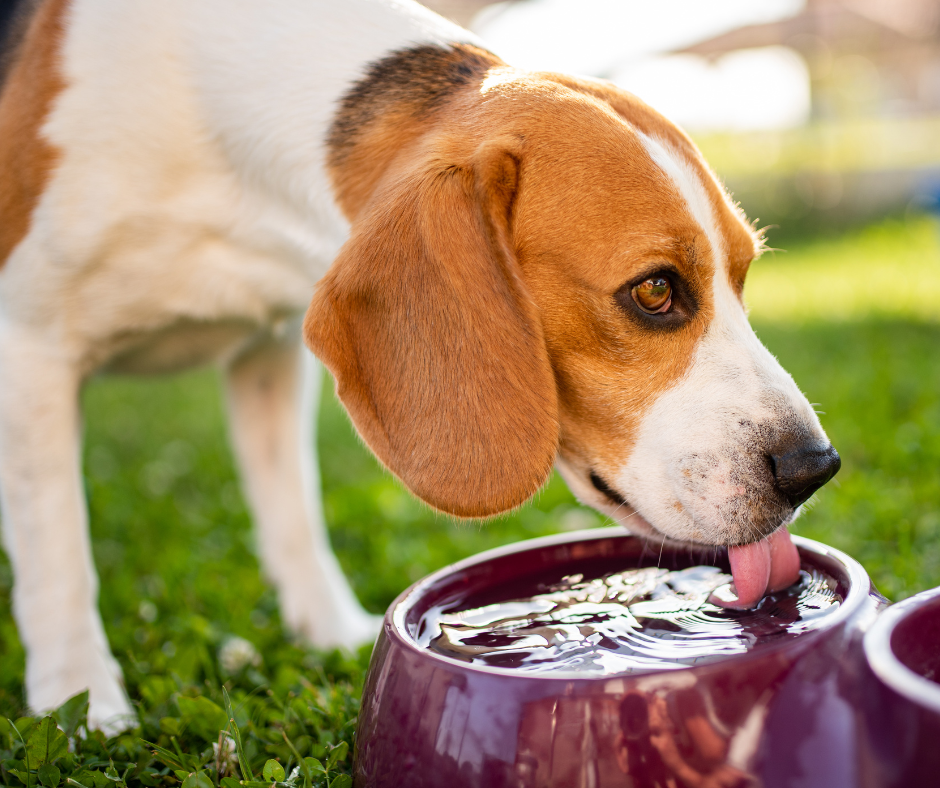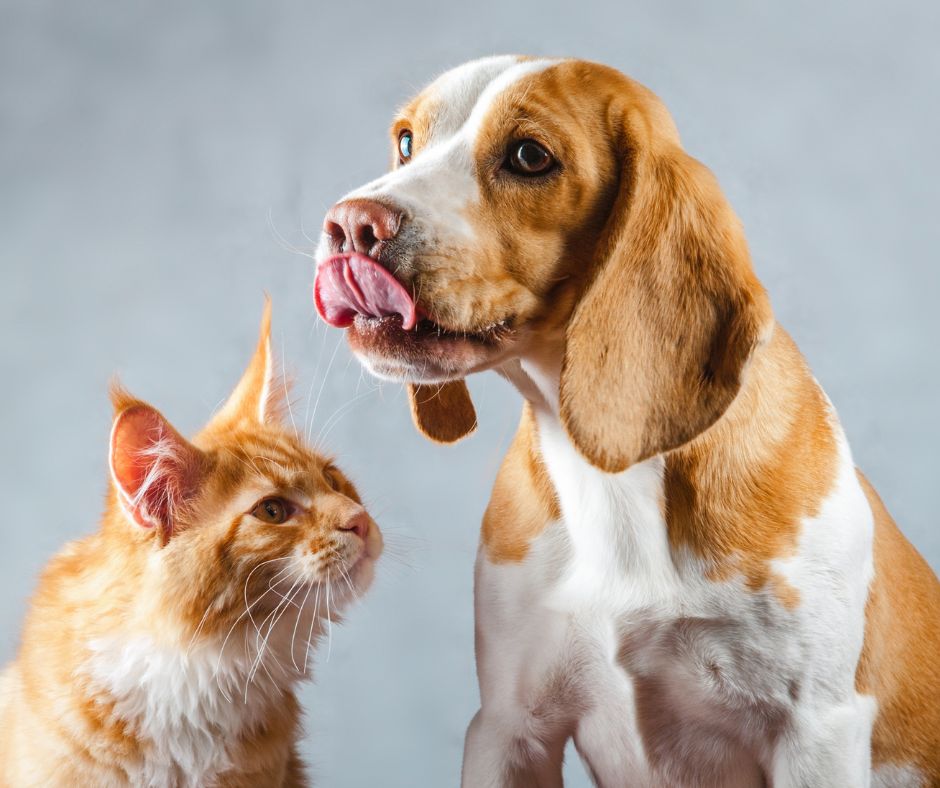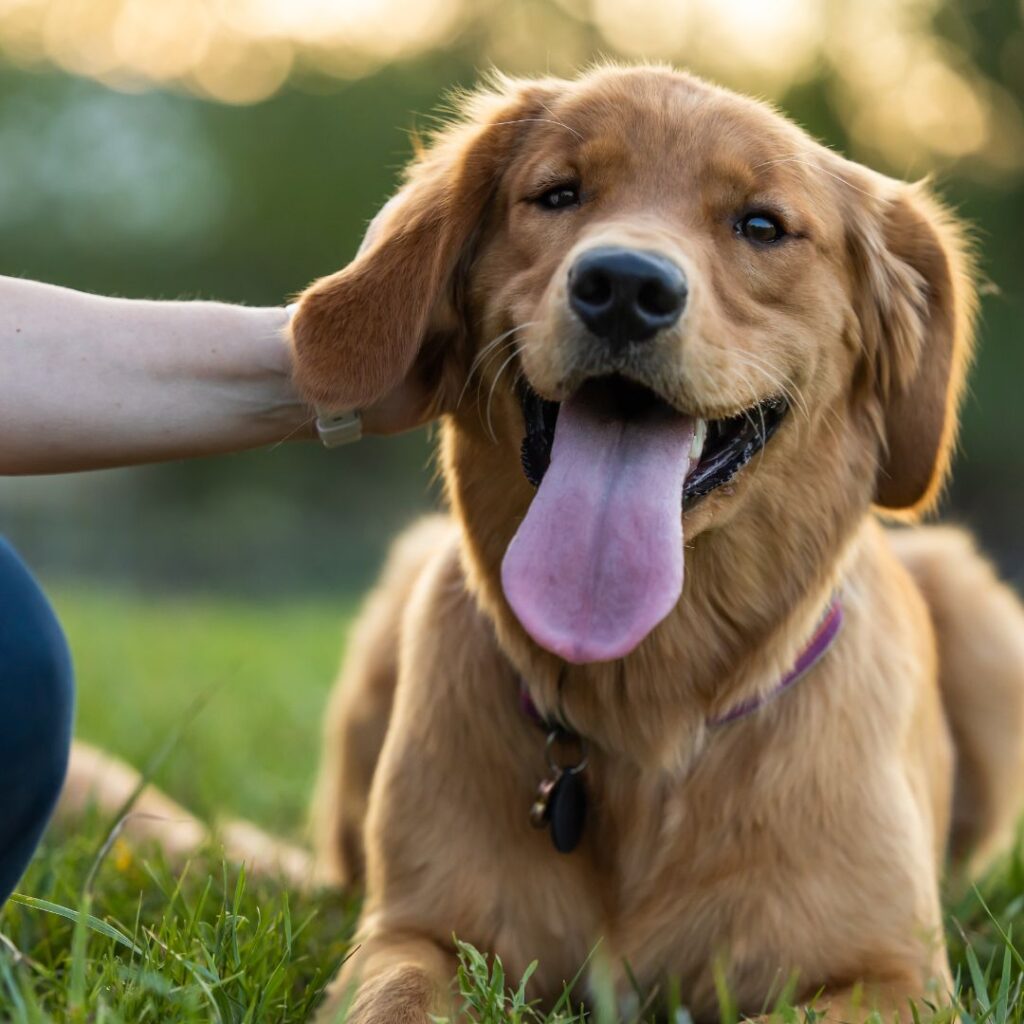Signs of Dehydration in Dogs: How to Keep Your Furry Friend Hydrated
As responsible pet owners, it’s crucial for us to be aware of the signs of dehydration in our beloved dogs. Dehydration can have serious health consequences for our furry friends, so recognizing the early warning signs is essential. In this article, we will explore the various signs of dehydration in dogs and provide some tips on how to keep them hydrated and healthy.
1. Excessive Panting:
One of the most common signs of dehydration in dogs is excessive panting. Dogs pant to regulate their body temperature, but when they become dehydrated, they may pant more frequently and for longer durations. If you notice your dog panting excessively, especially in situations where they wouldn’t normally, it could be a sign of dehydration.
2. Dry Gums and Mouth:
Another indicator of dehydration is dry gums and mouth. Normally, a dog’s gums should be moist and pink. If they appear dry or sticky, it may suggest that your dog is dehydrated. Additionally, you can gently press your finger against your dog’s gums and then release it. If the color takes longer to return to normal, it could be a sign of dehydration.
3. Sunken Eyes:
Dehydration can cause a dog’s eyes to appear sunken or dull. If you notice a change in your dog’s eye appearance, such as a lack of moisture or a sunken look, it may indicate dehydration. Keep a close eye on their eyes, as this can be an early sign of dehydration.
4. Loss of Appetite:
When dogs are dehydrated, they may experience a loss of appetite. If your dog suddenly shows disinterest in their food or refuses to eat altogether, it could be a sign that they are dehydrated. Monitor their eating habits and consult your vet if the loss of appetite persists.
5. Lethargy and Weakness:
Dehydration can cause dogs to become lethargic and weak. If your usually energetic and active dog seems unusually tired, lacks energy, or appears weak, it may be due to dehydration. Pay attention to any changes in their behavior and consult your vet if you have concerns.
However there are ways to prevent this, to keep your dogs hydrated:
1. Fresh Water: Always provide your dog with access to clean, fresh water. Make sure to change it regularly throughout the day, especially during hot weather or after exercise.
2. Water Bowls: Consider using wide, shallow water bowls to make it easier for your dog to drink. Some dogs may prefer a larger bowl or even a water fountain designed specifically for pets.
3. Multiple Water Stations: If you have a large house or yard, set up multiple water stations in different areas. This way, your dog will have easy access to water wherever they are.
4. Hydration on Walks: Bring a portable water bottle and a collapsible bowl when you go for walks or outings with your dog. This allows you to offer them water on the go, especially during hot or strenuous activities.
5. Ice Cubes and Frozen Treats: Dogs often enjoy licking ice cubes or eating frozen treats made from dog-friendly ingredients like yogurt or fruit puree. These can be a fun and refreshing way to keep them hydrated.
Remember, every dog is unique, so it’s important to monitor their hydration levels and adjust accordingly. If you have any concerns about your dog’s hydration or overall health, don’t hesitate to reach out to your veterinarian for guidance.
Visit the Broadreach Nature + website for more information on Signs of Dehydration in Dogs: How to Keep Your Furry Friend Hydrated






